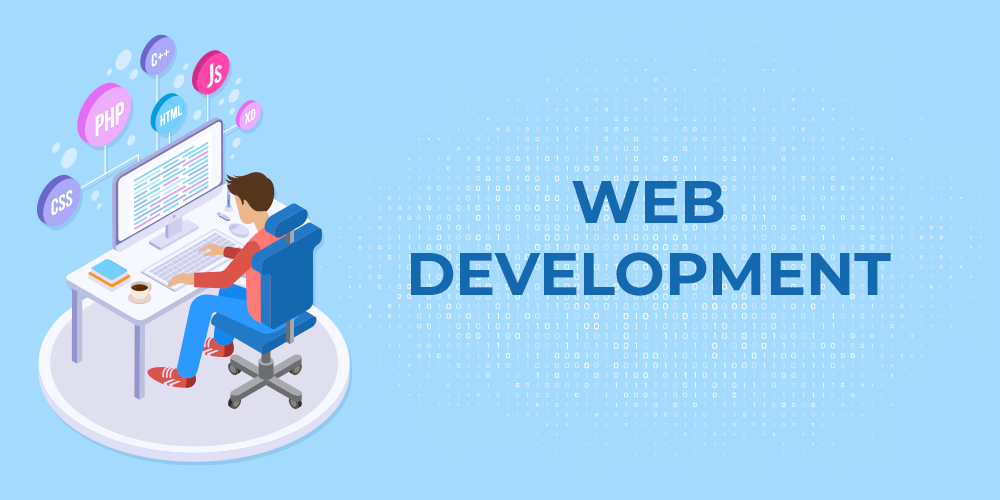Table of contents
Open Table of contents
What Is Full Stack Web Development?
Before diving into the specifics, let’s clarify what full stack web development entails. In essence, a full stack web developer is proficient in both frontend and backend development. Here’s a breakdown of these two components:
Frontend Development
Frontend development deals with everything users see and interact with on a website. This includes the layout, design, and functionality of web pages. Frontend developers use technologies like HTML, CSS, and JavaScript to create user-friendly interfaces.
Backend Development
Backend development focuses on the behind-the-scenes logic of a website. It involves server-side scripting, database management, and ensuring data flows smoothly between the server and the frontend. Common backend technologies include Node.js, Python, Ruby on Rails, and databases like MySQL and MongoDB.
Getting Started
Now that you understand the basics, let’s discuss how to get started in full stack web development.
1. Learn HTML, CSS, and JavaScript
These are the fundamental building blocks of web development. HTML (Hypertext Markup Language) structures web content, CSS (Cascading Style Sheets) styles it, and JavaScript adds interactivity.
2. Choose a Frontend Framework
Frontend frameworks like React, Angular, or Vue.js simplify the process of building complex user interfaces. Pick one that suits your preferences and learn it thoroughly.
3. Master a Backend Language
Select a backend language such as Node.js, Python, or Ruby. Study its syntax, libraries, and frameworks to become proficient in server-side development.
4. Work with Databases
Understanding databases is crucial for backend development. Learn how to interact with databases using SQL or NoSQL technologies like MySQL, PostgreSQL, or MongoDB.
5. Version Control
Use version control systems like Git to track changes in your codebase. Platforms like GitHub or GitLab facilitate collaborative coding.
6. Build Projects
The best way to learn is by doing. Start with simple projects and gradually tackle more complex ones. Building a portfolio of projects will showcase your skills to potential employers.
7. Stay Updated
Web development is a constantly evolving field. Keep up with the latest trends and technologies by reading blogs, attending conferences, and participating in online communities.
Tools of the Trade
As a full stack web developer, you’ll rely on various tools and technologies to streamline your work. Here are some popular ones:
Text Editors/IDEs: Visual Studio Code, Sublime Text, and JetBrains WebStorm are excellent choices for coding.
Version Control: Git and platforms like GitHub and GitLab for collaborative coding.
Package Managers: npm (Node Package Manager) for Node.js and yarn for frontend libraries.
Backend Frameworks: Express.js (for Node.js), Django (for Python), and Ruby on Rails (for Ruby).
Databases: MySQL, PostgreSQL, MongoDB, and Firebase for NoSQL.
Conclusion
Full stack web development is an exciting journey that allows you to create interactive and dynamic web applications. By following this guide and continuously improving your skills, you can embark on a rewarding career in web development. Remember that practice, patience, and a thirst for learning are your best companions in this ever-evolving field.
So, get ready to code your way to success in the world of full stack web development!
